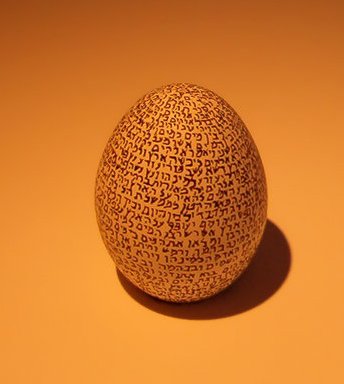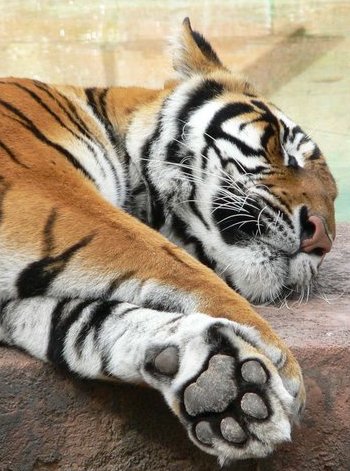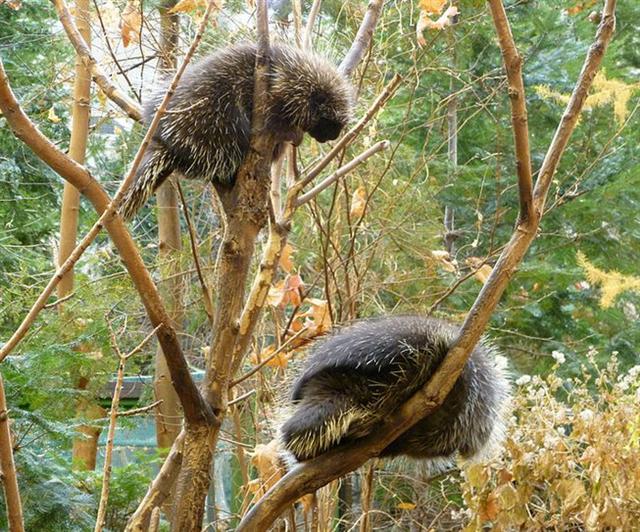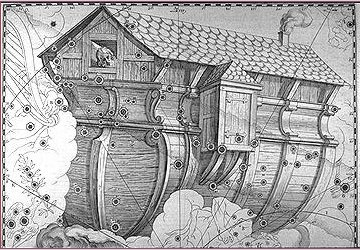Let's now return to Manuscript E and all the goods which were loaded on the Ship of King Hotu A Matua. We have so far first of all brought onboard a Stone statue named Takapau, followed by 39 varieties of sweet water yams (uhi), and 20 + 1 varieties of sweet potatoes (kumara) - this list ending with he mamari kiakia corresponding to Beid (Egg, Mamari) = ο¹ in Eridanus:
Khambalia is λ Virginis: ... As a lunar station these stars were the Sogdian Sarwa and the Khorasmian Shushak, the Leader; the Persian Hucru, the Good Goer; and the Coptic Khambalia, [also the name of the star λ] Crooked-clawed, λ being substituted for φ; and it is said that they were the Akkadian Lu Lim the He Goat, Gazelle, or Stag, the original perhaps meaning 'King' and employed for δ. ι alone, according to Hommel, was the Death Star, Mulu Bat ...
It can be deduced that the dates given in Manuscript E were defined for the time when Bharani was at 0h. Reasonably the last variant of kumara was therefore corresponding to day 80 + 21 = 101 ("April 11).
I have assumed each type of everything brought onboard corresponded to 1 right ascension day and that the counting began with Algenib Pegasi (*1) at the sweet water yam type named he tara kura a Maeha. a Teke.
The creators of Manuscript E have described that it was necessary to take onboard the whole ecosystem when immigrating to a new land. This was known since the time of Noah and had been documented by way of the stars.
|
||||||||||||||||||||||||||||||||||||||||||||||||||||||||||||||||||||||||||||||||||||||||||||||||||||||||||||||||||||||||||||||||||||||||||||||||||||||||||||||||||||||||||||||||||||||||||||||||||||||||






